How to set up an aquarium for tropical fish
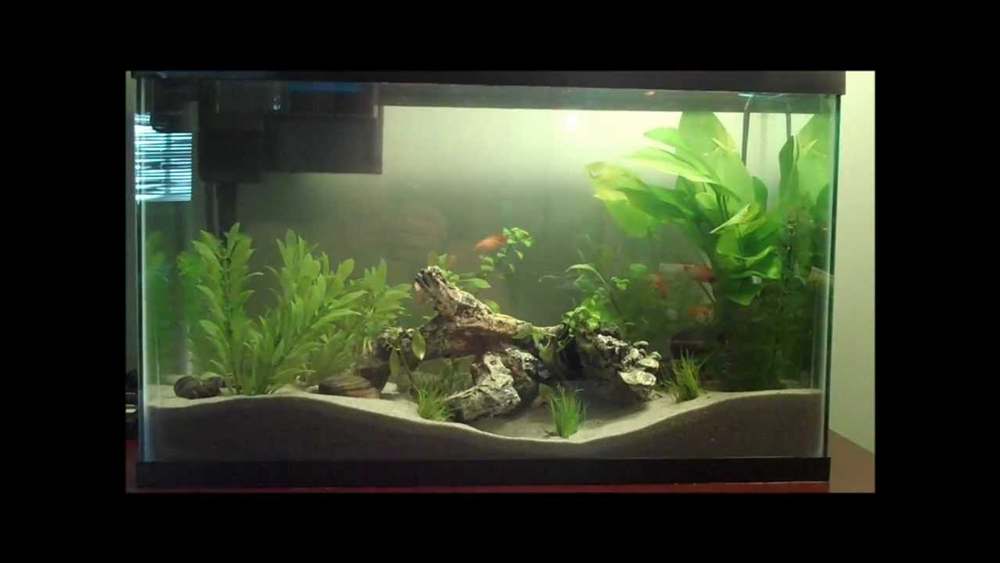
The first step before starting an aquarium is planning. Of course, you have to make a strategy which will help you determine the size of the aquarium you want to set up and where you want to place it. From there, you have to make sure that you have all the things required in place.
What do you need?
• A fish tank with a cover and light
• A heater
• A thermometer
• Filtration system
• Gravel
• Air pump
• Dechlorinator which you should use as per the instructions
• A bucket
• Decorations
• Some aquatic plants
• Fish
• Bio balls
• Get the tank
Now let's have a look at the steps one by one.
Getting the tank

 There are numerous types of fish tanks available in the market, and you have to ensure that the one you choose fits your needs. Taking your time to select a good tank plays a considerable role in determining healthy and fun to maintain aquarium.
There are numerous types of fish tanks available in the market, and you have to ensure that the one you choose fits your needs. Taking your time to select a good tank plays a considerable role in determining healthy and fun to maintain aquarium.
Start by doing some research to know the different types of fish and decide the kind you want to keep and then choose the tank that can adequately accommodate them. The tank should be large enough to hold enough water and the number of fish you will be keeping there. The types of tanks include; the passive freshwater community tank, freshwater planted aquarium, goldfish aquarium, cichlid, betta, brackish and discus aquarium to mention a few.
Before settling on one, it is best if you learn the pros and cons of each weigh the options and select the one that perfectly accommodates your needs. This could be based on the type of fish you intend to keep ad the number to determine the size of the tank.
Clean the tank
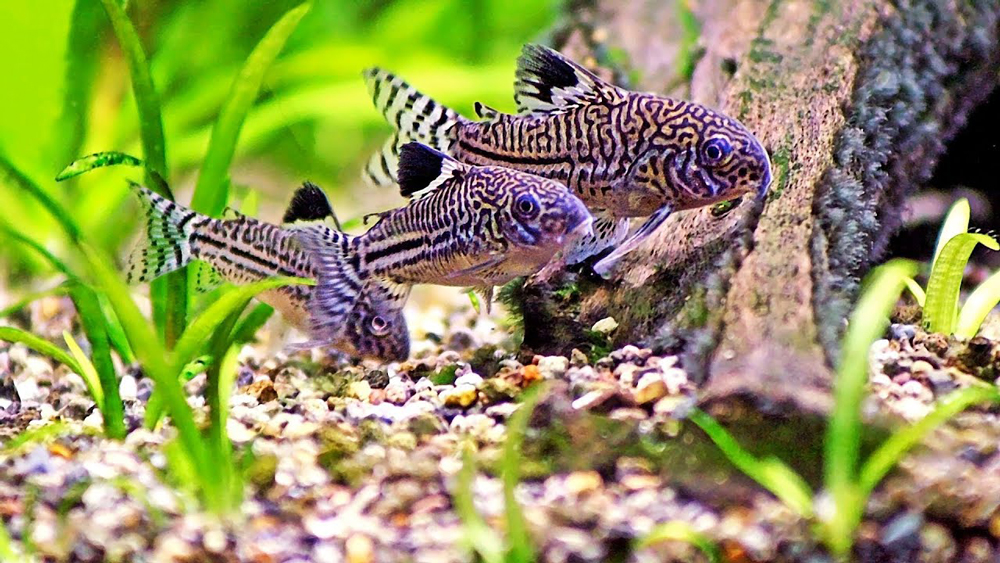
Use clean, warm water without detergent as this ensures that you are not leaving any chemicals that could harm the fish. Put the tank on a sturdy surface to ensure that it does not buckle. The best thing is to have a stand which is specifically designed for the fish tank especially if you have a large tank.
Get a stand
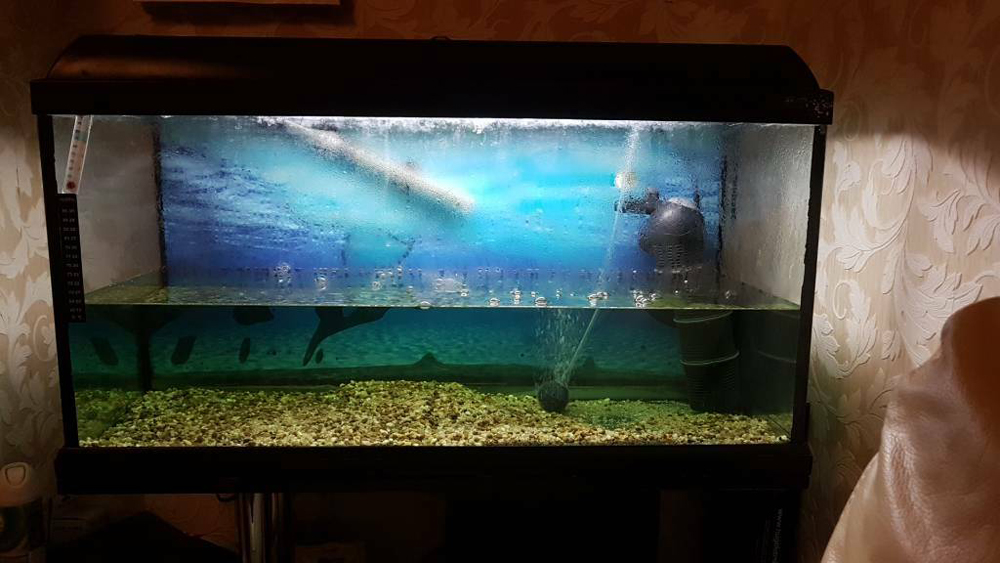 The aquarium will need a stand no matter what. You cannot keep it on the floor. Remember that this is a precious project and you want something that can hold it firmly to avoid breakages. Make sure that the stand can accommodate the size and weight of the tank while filled with water and other components. Set up the tank on the tank on your preferred position.
The aquarium will need a stand no matter what. You cannot keep it on the floor. Remember that this is a precious project and you want something that can hold it firmly to avoid breakages. Make sure that the stand can accommodate the size and weight of the tank while filled with water and other components. Set up the tank on the tank on your preferred position.
Filtration system
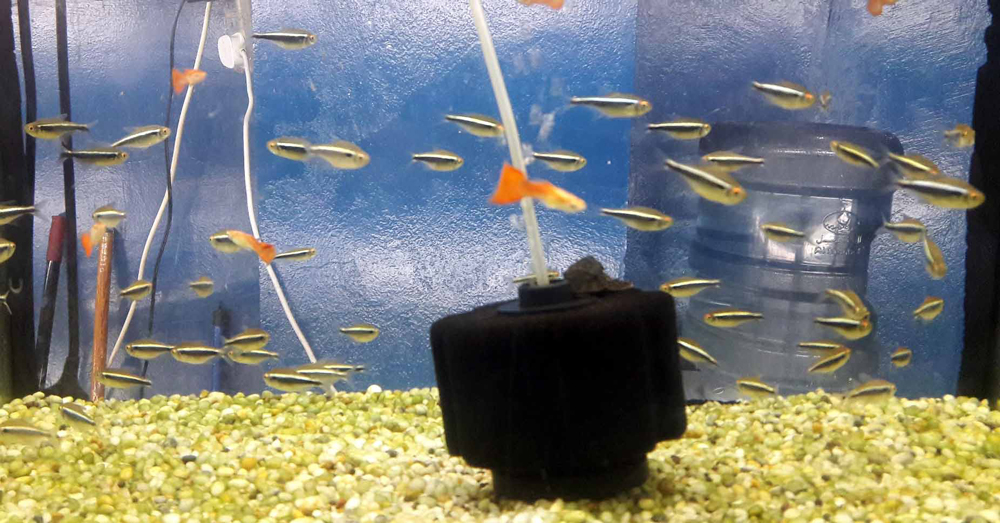
Now that the tank is set up, it is time to set up the filtration system. Here you have to choose the kind that you would like to use as there are varieties in the market. The common and the easiest are mostly the power filters or under-gravel filters. However, for beginners, the most recommended is the power filters which you hang on the bank of the fish tank.
If you decide to use the under-the gravel filter, ensure that the powerhead or the air pump you get with it is strong enough to accommodate the size of your tank — the bigger the filter and the power head, the better. You should also note that you have to vacuum the gravel regularly; otherwise, the filter will log and end up turning into a killing zone.
If you decide to get a power filter, choose the one that will effectively circulate adequate water for your tank's size. For example, if you have a 10-gallon tank, ensure that the filter can circulate water at 50 gph.
The method of instating the filter will vary based on the type. In a case of under-gravel filters, you should put the filter plate in and ensure the lift tubes are well fitted. If you get a submersible powerhead, you only need to get one but two if you are using a traditional air pump for a tank of under 40 gallons. Note that you should not turn the powerhead on until the tank is filled with water.
If you are going for an bio filter media that helps your tank cleaner, you should place it on the bank of the tank in a strategic spot where the outflow will distribute perfectly in the water. Some of the tank hoods will come with pre-perforated cut-outs which are meant for easier positioning of the filter. Again, you should not turn it on until the tank is filled with water.
The filtration process will also involve other stages to ensure that the water is clean and safe for the fish. Mbbr media enhances the removal of sludge and other elements that cannot be captured by the filter system.
Add gravel
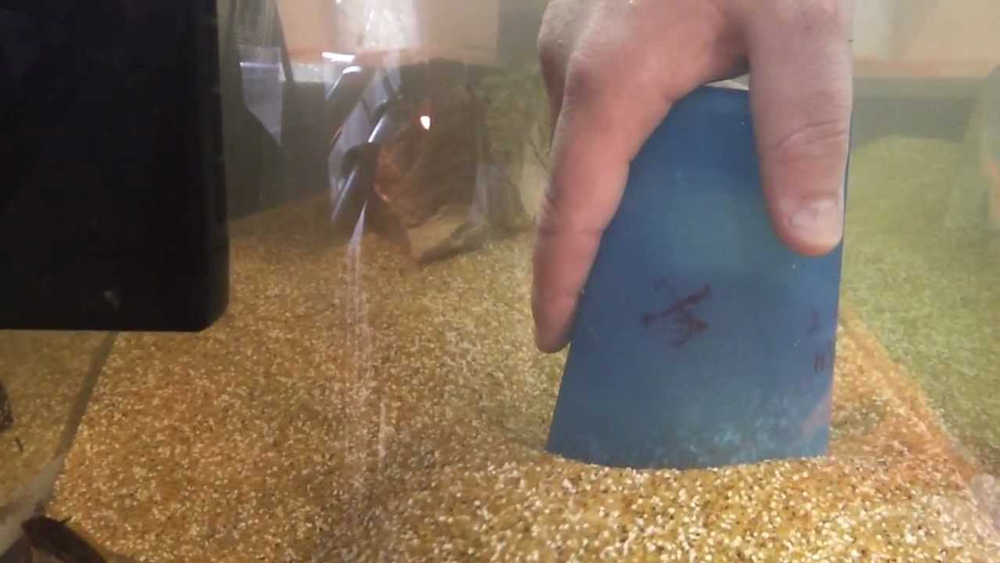
The next step is adding gravel. Note that you should use aquarium gravel, which you can get from a pet store. Wash the gravel until the water is clear, and then spread it evenly in the tank. Adding about 2 to 3 inches of gravel on the bottom of the tank is crucial for a healthy and lively aquarium as it ensures that the fish stay oriented in water. You will find lots of choices and colors from the pet stores. You can go for sand as it is optimal for fish and other creatures that love burrowing, but you, however, need to stir it regularly to prevent ay dead spots that could damage the filter or wreak the tank. Gravel is the most recommended option for beginners.
If you choose a planted tank, ensure you get an appropriate substrate. Rinse it thoroughly in clean water before adding to the tank. Ensure that the water is clear before starting up the filter. This step is essential especially if you are using sand in place of gravel, but it is still essential in all setups. Note that you should not use any detergent when cleaning the gravel as it is super harmful to the fish.
If you are using an under-gravel filter, place it in the aquarium first before spreading the rinsed gravel evenly across the filter's surface. Pour it in bits to give it time to settle the way you want and avoid scratching the tank walls. The next step is putting a plate o the substrate to ensure it does not disperse when you add water.
Decorations
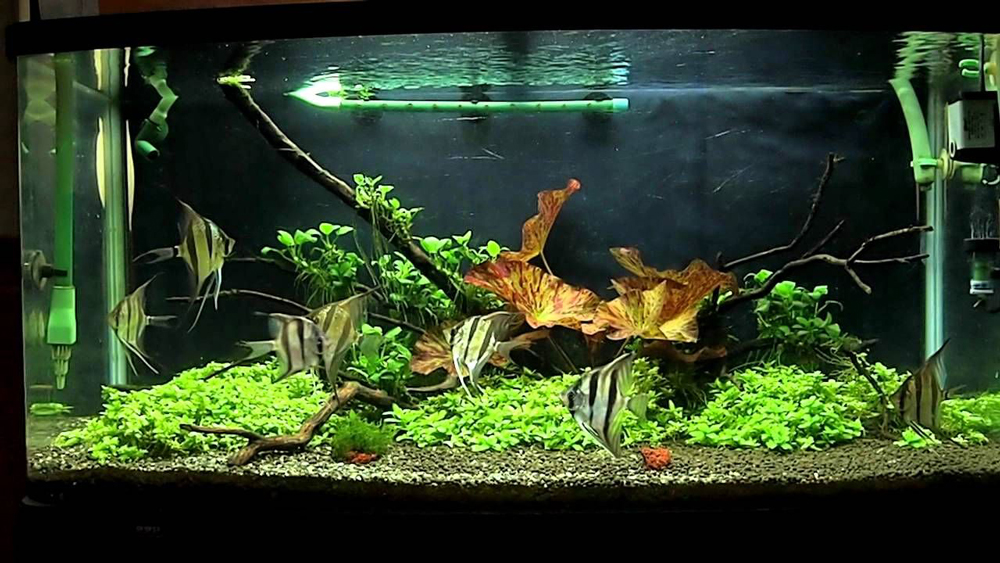
After the gravel, it is time for decorations. This may be optional but very recommendable. There are lots of decorations for aquarium available in the market, and you get to choose according to your preference. These include rocks, driftwoods and other items that will make the aquarium to appear more lively and exciting. They are available in different colors too, and you can go for the ones that match with the theme of the room. You can use plants for decorations. They are like the best choice as it is hard to make the filter to control a plankton bloom, but with live plants, it is easier. Also, some plants can help the fish to stay healthy. However, you should note that live plants may get damaged or gobbled up fast by some fish types such as goldfish. If you are up to keeping hobby fish, you can choose driftwood or other kinds of decorations that are designed for freshwater aquariums rather than plants. For safety purposes, be careful with what you put in there. You should not just put random objects.
Select the plants and decorations accordingly based on the type of fish you intend to keep. Make sure the roots are submerged I the gravel and the stems and leaves are fully exposed. If they the kind of plants that need fastening to objects, you can get a fishing line and tie the plants.
Make sure that you rinse the decorations thoroughly with tap water before placing them on the gravel in the tank. If you wish you could even attach a drawing at the bank of your tank.
Adding water
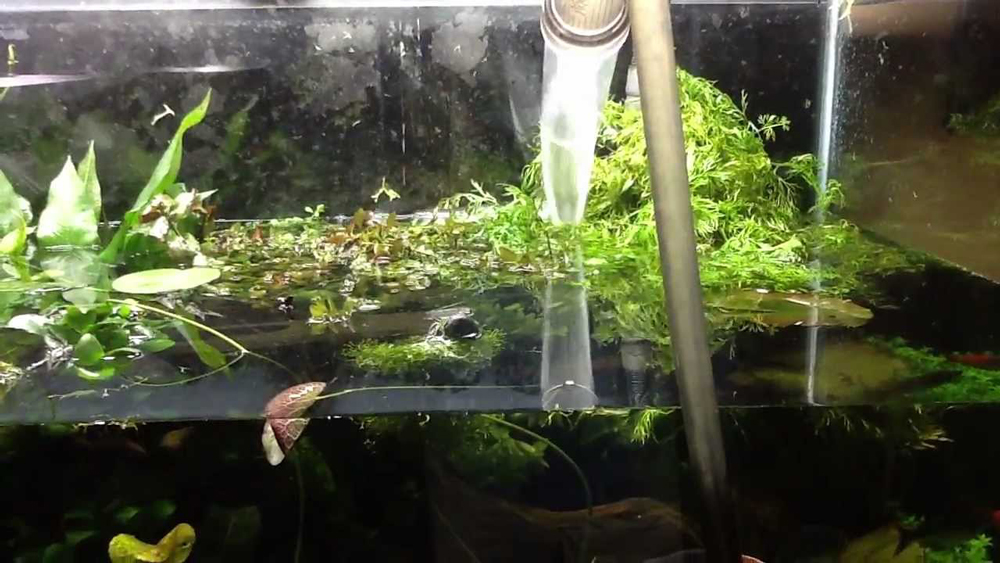
You have to inspect the tank first to make sure there are no leaks. You can do that by filling the tank with about 2 to 3 inches of water and wait for around 30minutes. If there are any leaks, you will be able to discover them at that time rather than seeing them after you have set up the entire thing. If you see no signs of leakage, add water to about 1/3 full. Make sure the decorations are the way you wanted them before filling the tank up to under the rim. You can leave a gap of about 1 inch.
Add water to the filter reservoir and plug it in. The water should circulate quietly and smoothly after a few minutes. Plug in the pump or powerhead if you are using an under-gravel filter and make sure water is moving vertically in the lift tubes.
Wait for one to two hours before placing your thermometer to check the temperature range and ensure it is safe. Also, ensure there are no leaks and that the water is properly circulating.
Heater installation

The heater will be attached with the suction cups. You should put it near the mouth of the filtered water, and this way, water in the tank will be evenly heated. The thermostats settings are different with some coming with a pre-setting of temperature ranging at 21 to 25 degrees Celsius. Plug in your heater and install the thermometer. Do not turn the heater on until you have filled the tank with water completely. The easiest heaters to use are fully-submerged types. Go for one with an adjustable thermostat as different fish will need different heat levels. The recommended range is 3 to 5 watts for every water gallon. Most types of fish prefer between 70 to degrees F for a community tank. Some lights the starter kits may heat the water and alter the temperature drastically, and you should, therefore, put that in consideration. When turned off, the temperature decreases drastically to the point that it is not good for the fish. Ensure to get the type of lights that do not alter the water temperature.
Add dechlorinator
You do not want to add your fish to direct tap water as it contains a high level of chlorine that could harm and kill them. It is necessary that you add some neutralizer to reduce the chlorine level unless you are using distilled water. Ensure that you use the dechloriator as per the given instructions. At this time, you can also add your bacteria catalysts meant to speed up the growth of useful bacteria.
Add bio balls
What are bio balls you ask? These are black spherical balls that you have probably seen on the bottom of aquariums, but you did not understand what they are. Bio-ball media can be termed as the habitant for good bacteria in the fish tanks. The balls are liable for biological filtration and hence the name. You have to include them in your aquarium set up; otherwise, the bacteria may not have a place to survive thus end up dead. You are probably wondering where your fish tank needs bacteria. These creatures are responsible for the elimination of harmful ammonia and other nitrates. Water passes over the balls for biofiltration, and all these harmful elements are neutralized. You can also go for K1 media, which are also great for the survival of good bacteria in the water. you can use other media such as K1 filter media, k3 filter media
.How long do you have to wait to put fish in a new tank?
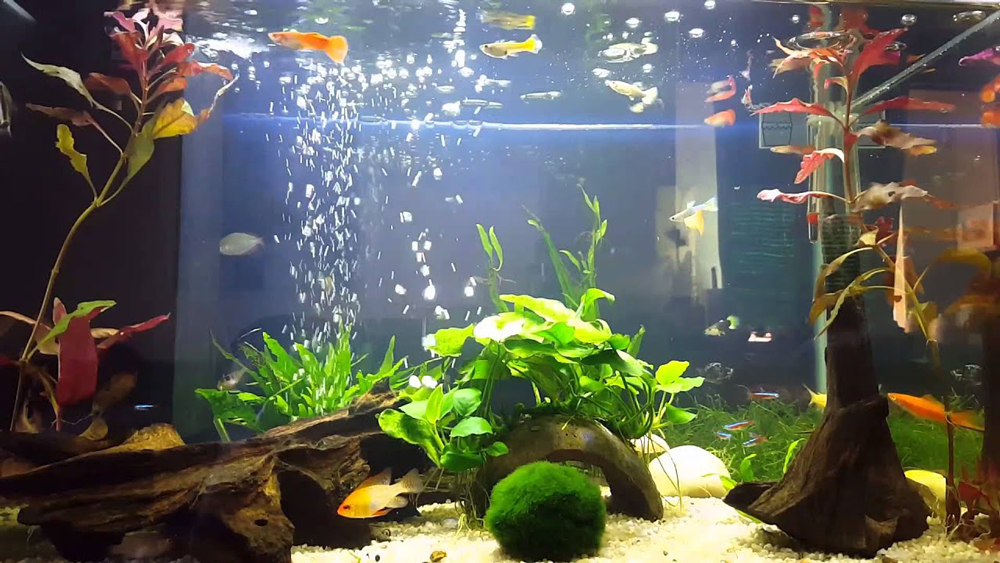
Can I put my fish in the tank right away after setting up? This is among the commonly asked questions among most beginners. The answer to that is no. You should not risk adding your fish to the tank before finding out if the water will be safe for them. Failing to monitor the water parameters will only result in losses as the fish could die immediately after putting them and you end up suffering a significant money loss. Carrying out a fishless cycle for some time is vital as it helps you monitor the water PH, Ammonia, Nitrate, and nitrite level.
For instance, if you check the nitrate and ammonia level and notice that it has dropped in a particular period, you will be certain that the bio balls are effective. In case of any particulates and oils reduction, you will be positive that the filter is working properly. If the temperature is in the right range, then the heater is good to go. The last thing you want is to work with guess work, not knowing if the aquarium is safe for the creatures or there could be any issues.
Add your fish
We have already answered why wait for 24 hours to put fish in the tank. It is so you can monitor the water parameters and changes to ensure that it is safe for the fish. After concluding that everything is alright, you can now put the fish in the tank. Go slow and start with a few. You can start with three for the first ten days before adding three more and wait for another ten days, and the cycle continues. Putting too many fish in a new tank is risky as the water may fail to cycle adequately and will end up turning toxic.
The secret to running a successful fish keeping business is patience. You have to be patient especially in the first eight weeks as these are the days that determines if you headed in the right direction. The most frustrating thing to face is to buy lots of fish only for one or two to survive.
Conclusion
When cared for and maintained properly, an aquarium is an excellent way to give fish fulfilling lives. They will be benefiting from the clean environments, routine feeding, safety, and proper medical care. If you follow the right guidance, you can be assured that the creatures will not be prone to any harm and predators. The environment will be safe for them thus enhanced reproduction. It is an excellent way of growing your business. If you still have any questions regarding the same and setting up a fish tank for goldfish, we are here to guide you, answer your questions and help you shop for the best equipment required for the setup. Contact us today; let's listen to your needs and help you.








